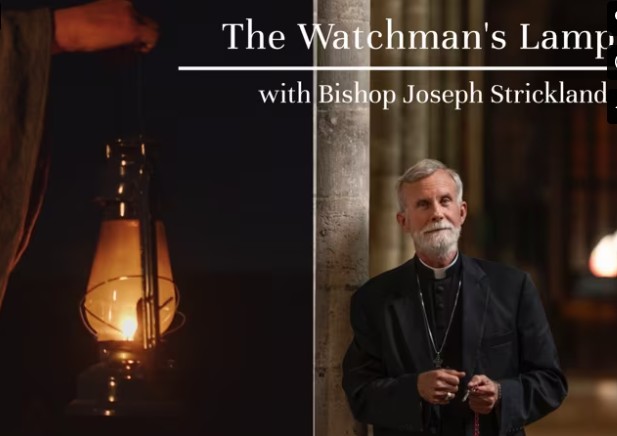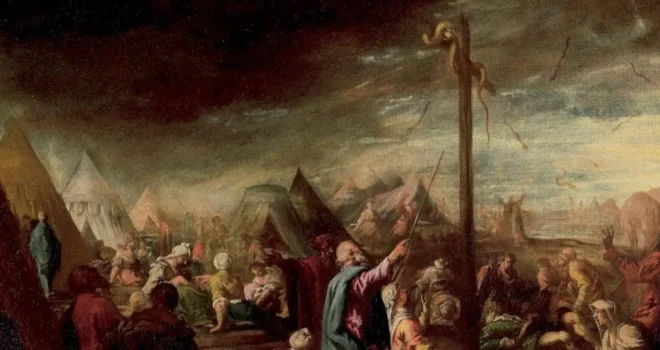Saint of the Day for January 14: St. Gregory Nazianzen

Fr. Raymond J. de Souza: The Catholic Roots of the Presidential Medal of Freedom
January 14, 2025
Mel Gibson Condemns Abortion: “It’s Human Sacrifice”, by Jordan Estabrook
January 14, 2025
Image: Stained glass of St. Gregory Nazianzen | Saint Leonard Faith Community, Centerville, Ohio | photo by Nheyob
Franciscan Media, Jan 14, 2021
Saint Gregory Nazianzen’s Story – (c. 325 – c. 390)
After his baptism at 30, Gregory gladly accepted his friend Basil’s invitation to join him in a newly founded monastery. The solitude was broken when Gregory’s father, a bishop, needed help in his diocese and estate. It seems that Gregory was ordained a priest practically by force, and only reluctantly accepted the responsibility. He skillfully avoided a schism that threatened when his own father made compromises with Arianism. At 41, Gregory was chosen suffragan bishop of Caesarea and at once came into conflict with Valens, the emperor, who supported the Arians.
An unfortunate by-product of the battle was the cooling of the friendship of two saints. Basil, his archbishop, sent him to a miserable and unhealthy town on the border of unjustly created divisions in his diocese. Basil reproached Gregory for not going to his See.
When protection for Arianism ended with the death of Valens, Gregory was called to rebuild the faith in the great see of Constantinople, which had been under Arian teachers for three decades. Retiring and sensitive, he dreaded being drawn into the whirlpool of corruption and violence. He first stayed at a friend’s home, which became the only orthodox church in the city. In such surroundings, he began giving the great sermons on the Trinity for which he is famous. In time, Gregory did rebuild the faith in the city, but at the cost of great suffering, slander, insults, and even personal violence. An interloper even tried to take over his bishopric.
His last days were spent in solitude and austerity. He wrote religious poetry, some of it autobiographical, of great depth and beauty. He was acclaimed simply as “the Theologian.” St. Gregory Nazianzen shares his liturgical feast day with St. Basil the Great on January 2.
Reflection
It may be small comfort, but post-Vatican II turmoil in the Church is a mild storm compared to the devastation caused by the Arian heresy, a trauma the Church has never forgotten. Christ did not promise the kind of peace we would love to have—no problems, no opposition, no pain. In one way or another, holiness is always the way of the cross.
https://www.franciscanmedia.org/saint-of-the-day/saint-gregory-nazianzen




